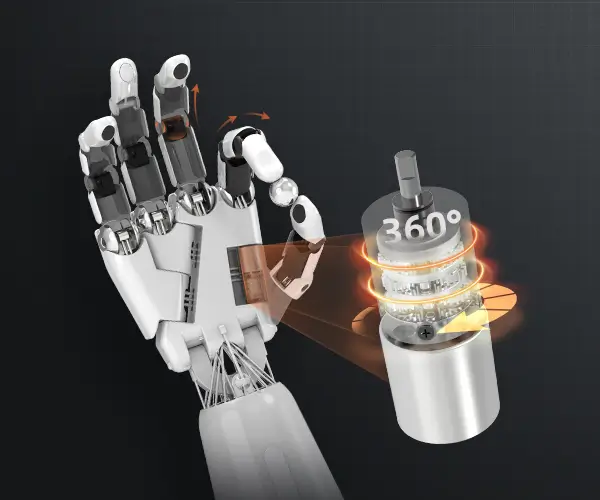Imagine a bustling city, where countless messages fly between people — from simple texts to complex business negotiations. Now, think of microservices as those individual city blocks, each bustling with its own activity, handling different parts of the city’s needs. The magic? How they communicate, seamlessly, effortlessly — that’s "inter communication between microservices."

In today’s tech landscape, microservices are everywhere, powering everything from your favorite app to enterprise-level software systems. But what makes everything run smoothly? The answer is swift, reliable communication channels. That’s where a solid inter communication system kicks in. It’s like the city’s own internal messaging network, ensuring every block knows what’s happening and can react instantly.
Take a popular use case: an e-commerce platform. Picture a customer placing an order. Microservice A handles the cart, B takes care of payments, C manages inventory, and D updates shipping info. If these services don’t talk properly, chaos breaks out. Orders get doubled; payments get lost; inventories get mismatched. But with efficient inter communication, these services share information promptly, ensuring the entire process stays fluid and error-free.
Why settle for outdated or slow communication protocols? Not every message needs to shout across the city. Sometimes, a quick, concise notice is enough—just like whispering through a walkie-talkie rather than sending a telegram. That’s the beauty of modern inter service communication solutions. They’re flexible, fast, and scalable. Zero lag, zero confusion.
Is there a way to ensure the system doesn’t drown in messages? Absolutely. Reliable message queues help prioritize what gets delivered first, keeping everything in order. Plus, decentralized communication reduces bottlenecks—no more waiting for a single gatekeeper to pass along orders. Instead, each microservice talks directly or through lightweight protocols, making communication more efficient.
Ever wonder if these systems can handle sudden traffic spikes? They do. Because microservices are designed to be resilient. If one service gets overwhelmed, others pick up the slack, and the communication system adapts. It’s like a city that expands its roads during rush hour without breaking a sweat.
When choosing a platform to support this, look for solutions that integrate smoothly, support various protocols, and grow with your needs. How important is real-time data exchange? Vital, especially for industries like finance or healthcare, where delays could be costly. The right inter communication setup ensures vital info reaches the right place at the right time, every time.
Think of it like a finely tuned orchestra—each microservice is an instrument, playing its part in perfect harmony. If one instrument misses a beat, the whole melody suffers. But with flawless communication, music flows seamlessly, delivering a stellar user experience.
So, for those aiming to build scalable, reliable, and fast microservice architectures, mastering inter service communication is the key. It’s not just about connecting services; it’s about creating an ecosystem where every part understands and complements the others. When that happens, your system isn’t just operational — it’s alive, vibrant, and ready to take on anything.
Established in 2005, Kpower has been dedicated to a professional compact motion unit manufacturer, headquartered in Dongguan, Guangdong Province, China. Leveraging innovations in modular drive technology, Kpower integrates high-performance motors, precision reducers, and multi-protocol control systems to provide efficient and customized smart drive system solutions. Kpower has delivered professional drive system solutions to over 500 enterprise clients globally with products covering various fields such as Smart Home Systems, Automatic Electronics, Robotics, Precision Agriculture, Drones, and Industrial Automation.




































